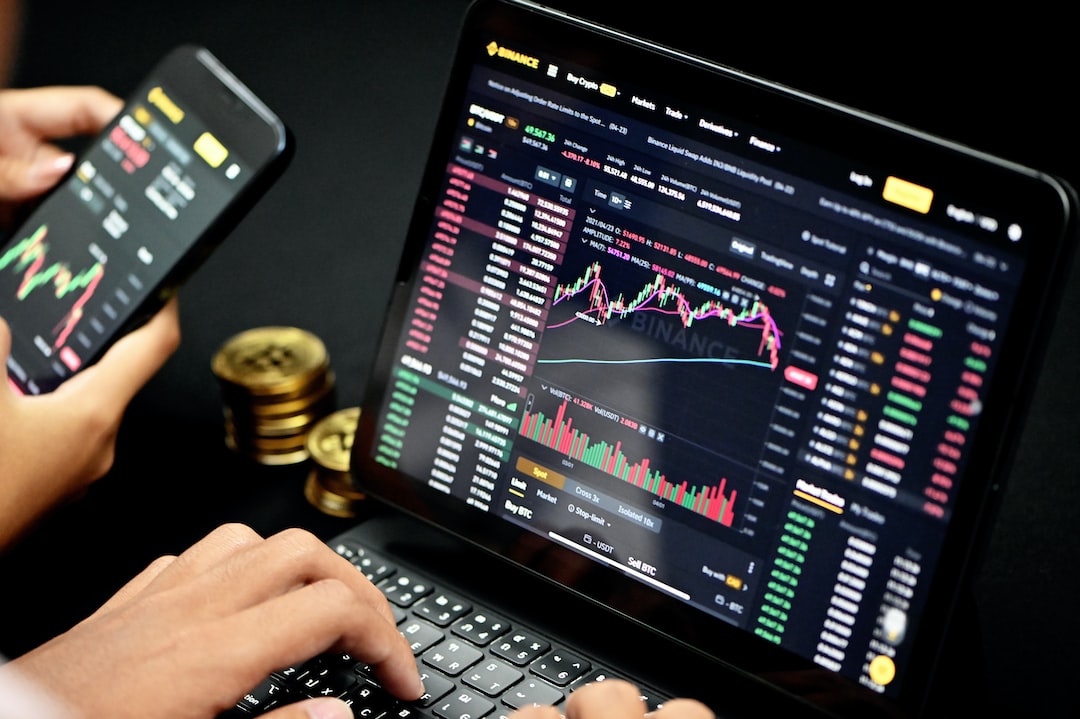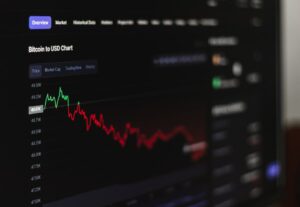The Dollar Index, also known as DXY, is a widely recognized and closely followed index in the world of forex trading. It is a measure of the value of the United States dollar relative to a basket of six major currencies. Understanding the Dollar Index is essential for forex traders as it provides valuable insights into the strength or weakness of the US dollar.
The DXY was first introduced in March 1973, shortly after the breakdown of the Bretton Woods system and the end of the fixed exchange rate regime. It was created by the US Federal Reserve to provide a benchmark for the value of the US dollar against other major currencies.
The six major currencies included in the Dollar Index are the euro, Japanese yen, British pound sterling, Canadian dollar, Swedish krona, and Swiss franc. These currencies were chosen based on their significant trading volumes against the US dollar and their importance in international trade.
The weightings assigned to each currency in the Dollar Index are determined by their relative importance in US trade. The euro has the highest weighting, followed by the Japanese yen and the British pound sterling. The Canadian dollar, Swedish krona, and Swiss franc have smaller weightings.
The calculation of the Dollar Index involves taking a geometric weighted average of the exchange rates between the US dollar and the six major currencies. This means that changes in the exchange rate of any individual currency will have a different impact on the overall index based on its weighting.
The value of the Dollar Index is expressed as a percentage, with the base value set at 100. A value above 100 indicates that the US dollar has strengthened against the basket of currencies, while a value below 100 indicates weakness.
Forex traders closely monitor the Dollar Index as it provides valuable insights into the overall strength or weakness of the US dollar. A rising Dollar Index suggests that the US dollar is gaining value relative to other major currencies, which can impact forex markets in several ways.
Firstly, a stronger US dollar can make US exports more expensive, which can have a negative impact on US companies that rely heavily on international trade. This can lead to a decrease in demand for US goods and services, which can in turn weaken the US economy.
Secondly, a stronger US dollar can make commodities priced in US dollars more expensive for non-US buyers. This can impact commodity prices, especially for commodities like gold and oil, which are priced in US dollars. A stronger dollar can lead to a decrease in demand for commodities and result in lower prices.
On the other hand, a weaker Dollar Index suggests that the US dollar is losing value relative to other major currencies. This can have several implications for forex traders.
Firstly, a weaker US dollar can make US exports more competitive, as they become relatively cheaper for foreign buyers. This can lead to an increase in demand for US goods and services, which can boost the US economy.
Secondly, a weaker US dollar can make commodities priced in US dollars cheaper for non-US buyers. This can increase demand for commodities and result in higher prices.
In addition to providing insights into the strength or weakness of the US dollar, the Dollar Index can also be used as a hedging tool for forex traders. For example, if a trader has a portfolio of long positions in various currency pairs, they can use the Dollar Index as a hedge against potential losses. If the Dollar Index starts to rise, indicating a strengthening US dollar, the trader can take a short position in the Dollar Index to offset potential losses in their currency positions.
In conclusion, understanding the Dollar Index is crucial for forex traders. It provides valuable insights into the strength or weakness of the US dollar relative to a basket of major currencies. By closely monitoring the Dollar Index, forex traders can make informed decisions and effectively manage their positions in the dynamic and ever-changing forex market.






